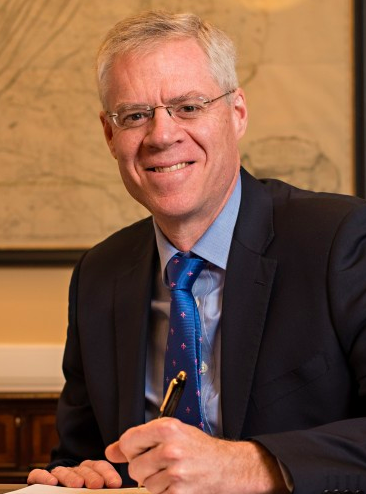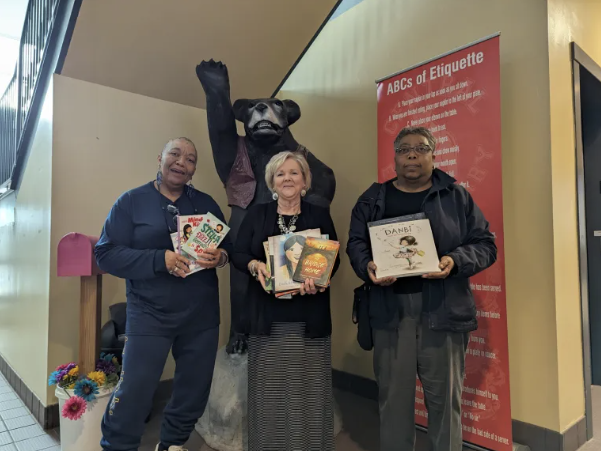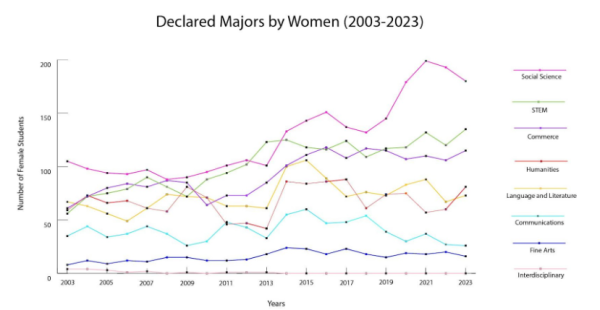Researcher talks human-tech relationships in new media age
Speaker says technology has fundamentally changed who – or what – produces news
October 25, 2016
A new age of “robot journalism” can lead to law- suits against not people but technologies, said Dr. Seth C. Lewis, an expert on human-technol- ogy interactions in the age of digital media in a talk in Northen Auditorium last week.
On Friday afternoon, the electronic media professor from the University of Oregon outlined 10 years of his research for journalism students and faculty. He focused on how journalism’s subcategories, like data and citizen journalism, collide as they evolve in response to changing technology.
Lewis said that the possibility for non-human production of stories will be too helpful to be ignored.
“The kinds [of stories] that can be automated, will be,” he said, offering baseball statistics as an example of algorithm-driven articles. Yet this form of “news aggregation” is still seen as subordinate news,compared to the traditional “shoe leather reporting.” Yet Lewis said ethical questions also arise when technology is used to generate stories that are meant to translate to a human audience.
“In the 1820s, there were articles that had, ‘This story was produced using the telephone,” he said. “Should we have a tagline that says this story was produced by a computer, or not?”
Lewis said that technology and journalism have always had a confusing relationship. What’s happening today is nothing new – it’s just accelerated.
Although it seems that this relationship is almost adversarial at times, with newspapers fighting to stay afloat, Lewis said these fields “can be seen as means of communication and coordination rather than merely contention.” Lewis also noted that “citizen journalism,” or the ability of anyone not just trained journalists to leverage the internet to break big news, is on the rise.
He said that some of the biggest scoops of the 2008 election belonged to Mayhill Folwer, a citizen journalist for The Huffington Post who broke news about comments that Barack Obama made calling religious, gun-owning conservatives “bitter” and “anti-immigrant.”
Lewis, a former reporter, left the industry in 2006, “right as things started changing,” to research how the meaning of technical and creative work are converging.
“The Journalist 2.0,” he said, formed from the combining of programmers and reporters. Programmers using data and algorithms to cover news were initially scoffed at by “real” journalists.
But when “engagement” became the buzzword of the industry, the hacker journalist suddenly gained cultural authority, he said.
Lewis said the mechanism of thinking before publishing online is slowly being lost, touching on journalism’s idealized view of balancing newsworthiness and sensitivity to the public.
“Can you have that necessary degree of care when you are primarily behind a screen?,” he asked. “What are we losing?”












